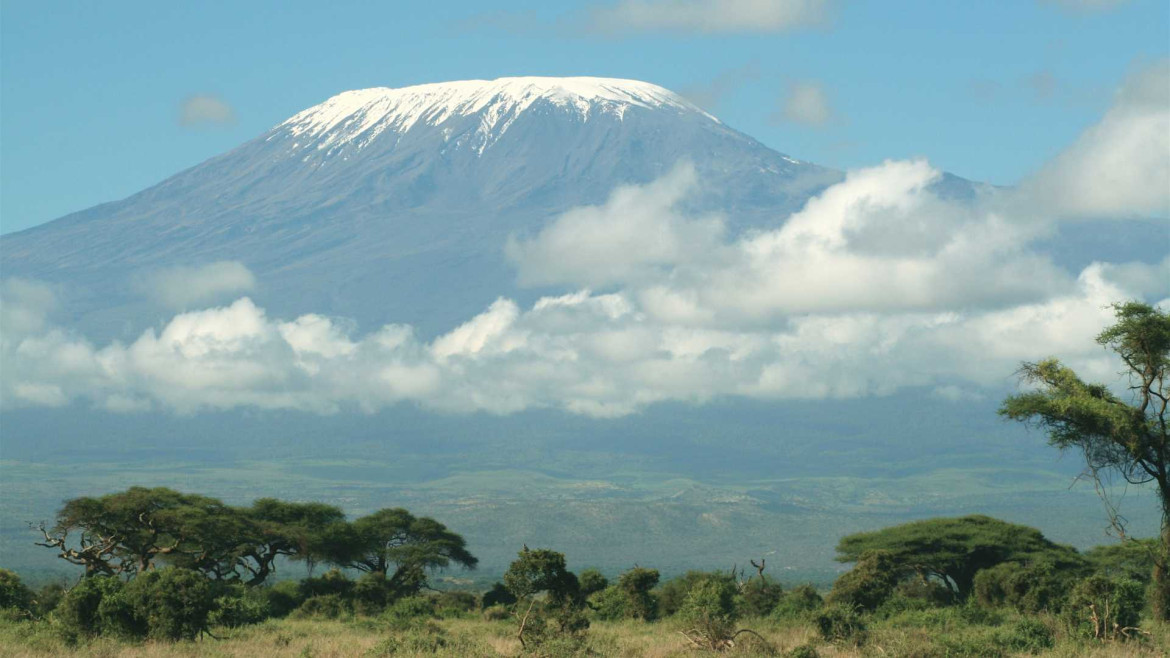Besides being the highest mountain in Africa, Mount Kilimanjaro is also by far the most famous. It is located within the Great Rift Valley and is a stratovolcano formed by three extinct craters: Kibo, the highest at 5,895 meters, Mawenzi and Shira.
Kilimanjaro is one of the most famous mountains in the world, not only because of its height of 5,895 meters, but also because of its diverse flora and fauna, as well as the challenge it poses to those who decide to climb its summit. In this article, we will explore the different areas encountered on the way to the summit.
The ascent through Kilimanjaro forest and moorland
The slopes of Kilimanjaro extend up to 1,800 meters above sea level and are inhabited by many local communities. Cultivated land and forests are found here, where the wildlife is very diverse and there are many birds, insects and small mammals.
The forest extends up to 2,800 meters and is characterized by a wide variety of plants and trees, including the senecio, endemic to the region. The forest is very lush, but the ascent becomes more and more challenging until you reach the moorland, which lies between 2,800 and 4,000 meters above sea level. Here the vegetation becomes sparser and is characterized by heather.
The mountain desert, which extends between 4,000 and 5,000 meters, is a very hostile area, with very wide temperature ranges between day and night. The vegetation is drastically reduced and does not exceed 50 species, including moss and lichens. Wildlife is almost absent, as animals struggle to adapt to the extreme conditions of the area.
Climbing Kilimanjaro: how to prepare yourself
The summit of Kilimanjaro, which exceeds 5,000 meters in altitude, is the ultimate goal for those who decide to climb this mountain. Daytime temperatures can reach very high levels here, but the vegetation is almost completely absent except for the presence of lichens. Animals are practically nonexistent.
Climbing Kilimanjaro requires good physical preparation and the presence of specialized guides and porters. There are several access routes, but the most common is the Marangu Route. The climb is a real adventure that requires commitment and stamina, but it allows you to enjoy a breathtaking scenery and discover the exceptional flora and fauna of the region.

